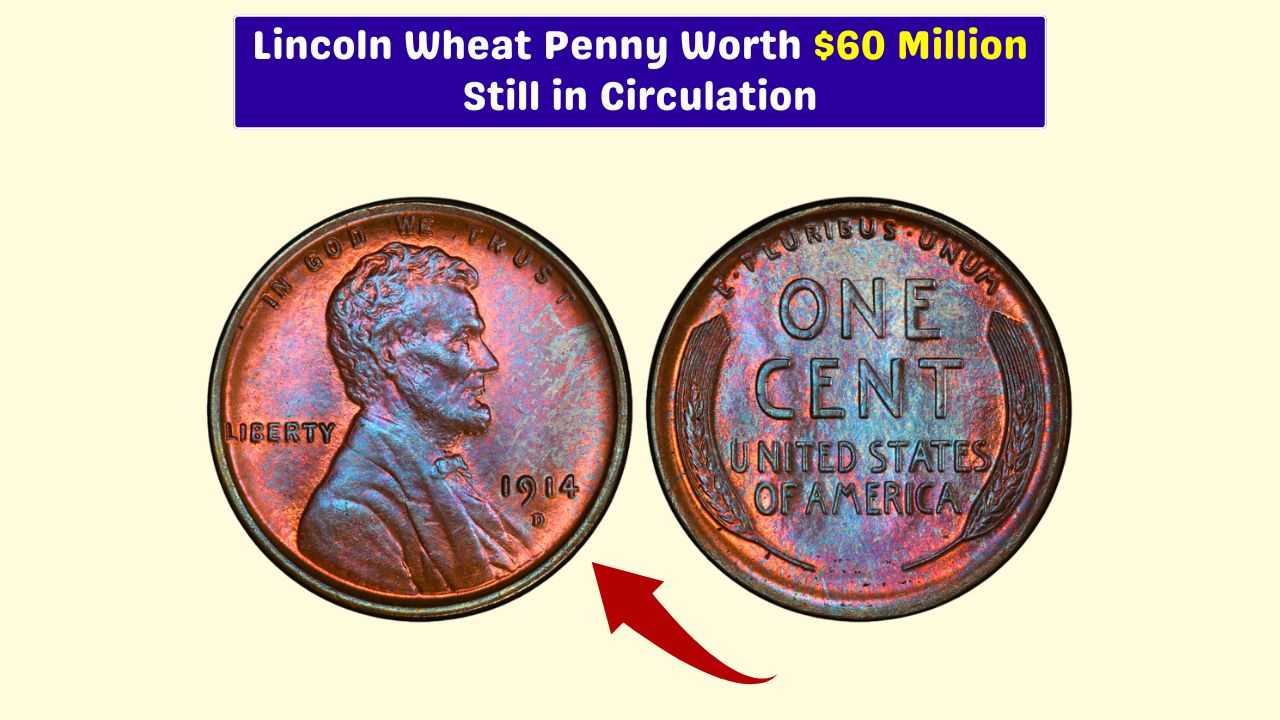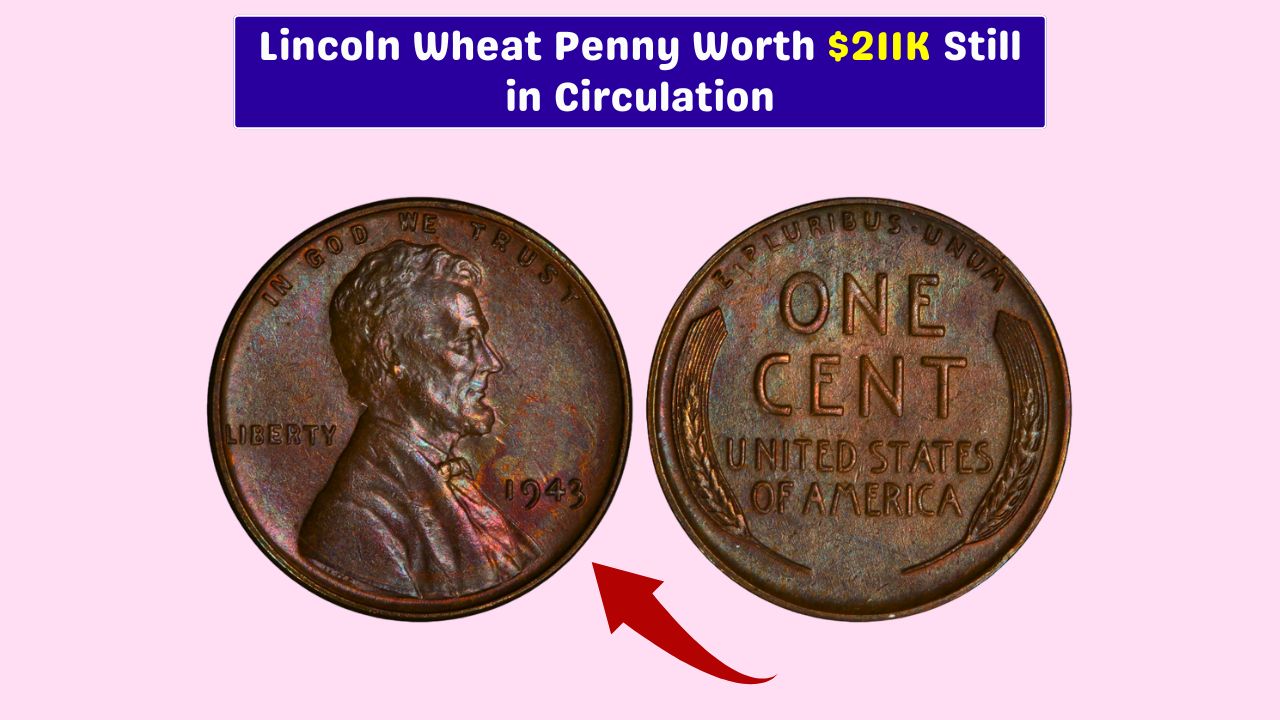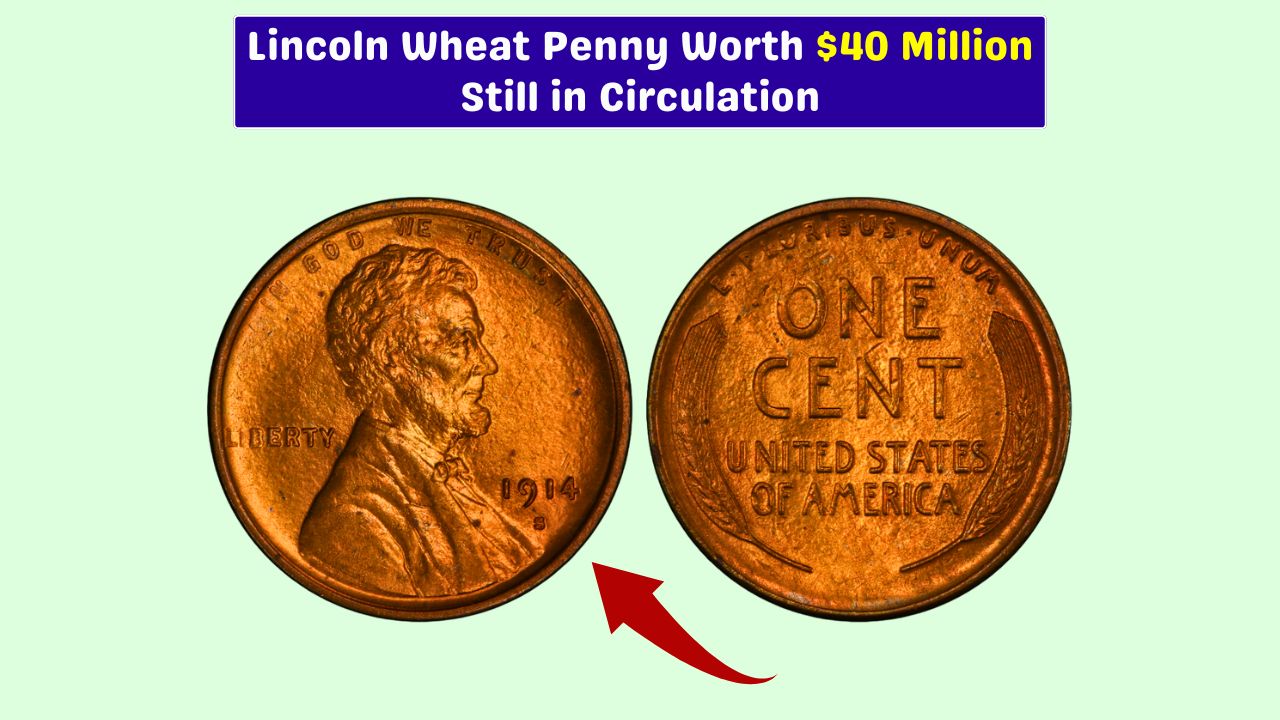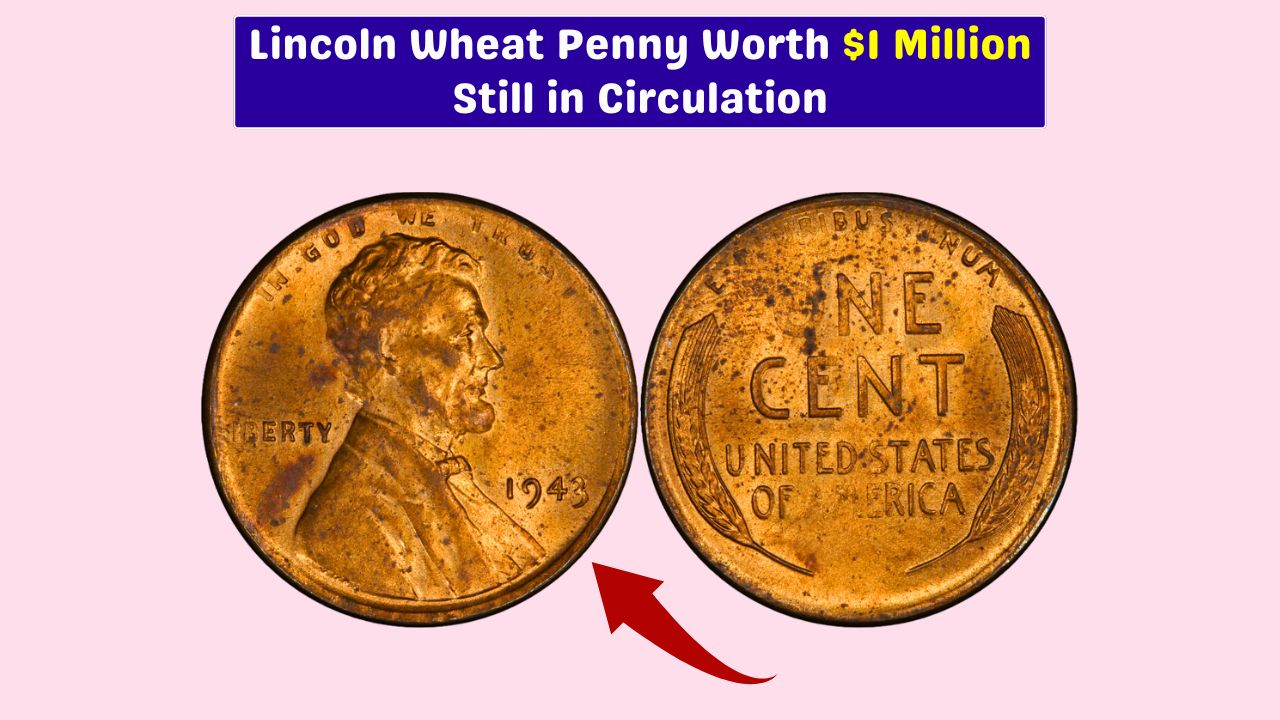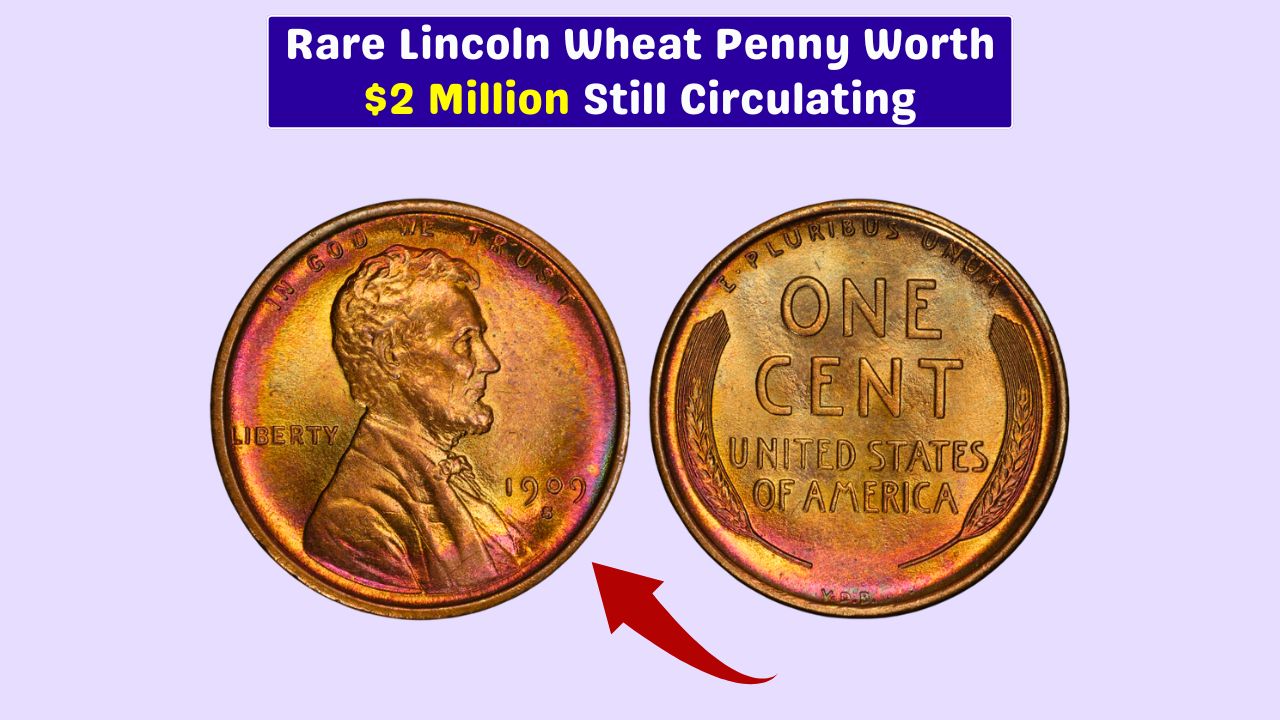A Lincoln Wheat Penny worth $60 million? Sounds like something out of a movie, right? But rumor has it, such a coin might actually be out there—floating unnoticed in someone’s loose change.
Yep, that little copper coin in your junk drawer could be hiding a jaw-dropping surprise. Let’s look into why this penny is so legendary and how you might spot one.
What’s a Lincoln Wheat Penny?
First minted in 1909 and produced through 1958, these coins feature Abraham Lincoln on the front and two wheat stalks curving along the back. While most are common and worth just pennies, a few rare examples—due to minting errors or unusual origins—are incredibly valuable.
Why One Could Be Worth Millions
So what’s the deal with the $60 million valuation? Some experts believe this mystery coin could be a one-of-a-kind prototype or a minting error never officially released. It might’ve been struck with a rare alloy or made under exceptional circumstances.
Just look at the famous 1943 copper Wheat Penny—created by mistake during WWII, when pennies were meant to be made of steel. Only a few exist, and they each sell for over $1 million. If the rumored penny exists, it’s probably even rarer.
Could It Still Be Out There?
Here’s the wild part: this rare penny might still be in circulation. Coins get overlooked all the time—stashed in jars, lost in couch cushions, or passed through hands without a second glance. That’s why collectors never stop looking.
What to Watch For
Going through spare change? Keep an eye out for these features:
| Feature | What to Look For |
|---|---|
| Wheat design | Two wheat stalks on the back |
| Rare dates | 1909-S VDB, 1914-D, or any 1943 penny made of copper |
| Magnet test | A 1943 penny that doesn’t stick might be copper |
| Strange metal | Odd color or unexpected weight |
| Minting errors | Doubled dates, off-center strikes, weird mint marks |
| Condition | Sharper, cleaner coins are generally worth more |
Grab a magnet and check those dates—you never know what might turn up.
Found Something Odd? Do This First
If you think you’ve got something rare, don’t clean it—seriously, that can ruin its value. Instead, place it in a soft cloth or protective holder. Then take it to a trusted coin dealer or certified numismatist to have it properly inspected.
Sounds Unreal? It’s Not Impossible
A $60 million penny sounds far-fetched, sure—but history says otherwise. Valuable coins have turned up in ordinary places more than once. So next time you get change at the store, give those pennies a closer look. You might just be holding the find of a lifetime.
FAQs
Why is one penny worth $60 million?
It’s likely a rare prototype, mint error, or historic test coin.
Could this penny still be in circulation?
Yes, it might still be hiding in everyday pocket change.
What years should I look for?
Rare years include 1909-S VDB, 1914-D, and 1943 copper.
How do I test a 1943 penny?
Use a magnet—copper ones won’t stick to it.
Should I clean a rare coin?
No. Cleaning can destroy its value. Keep it as-is.
